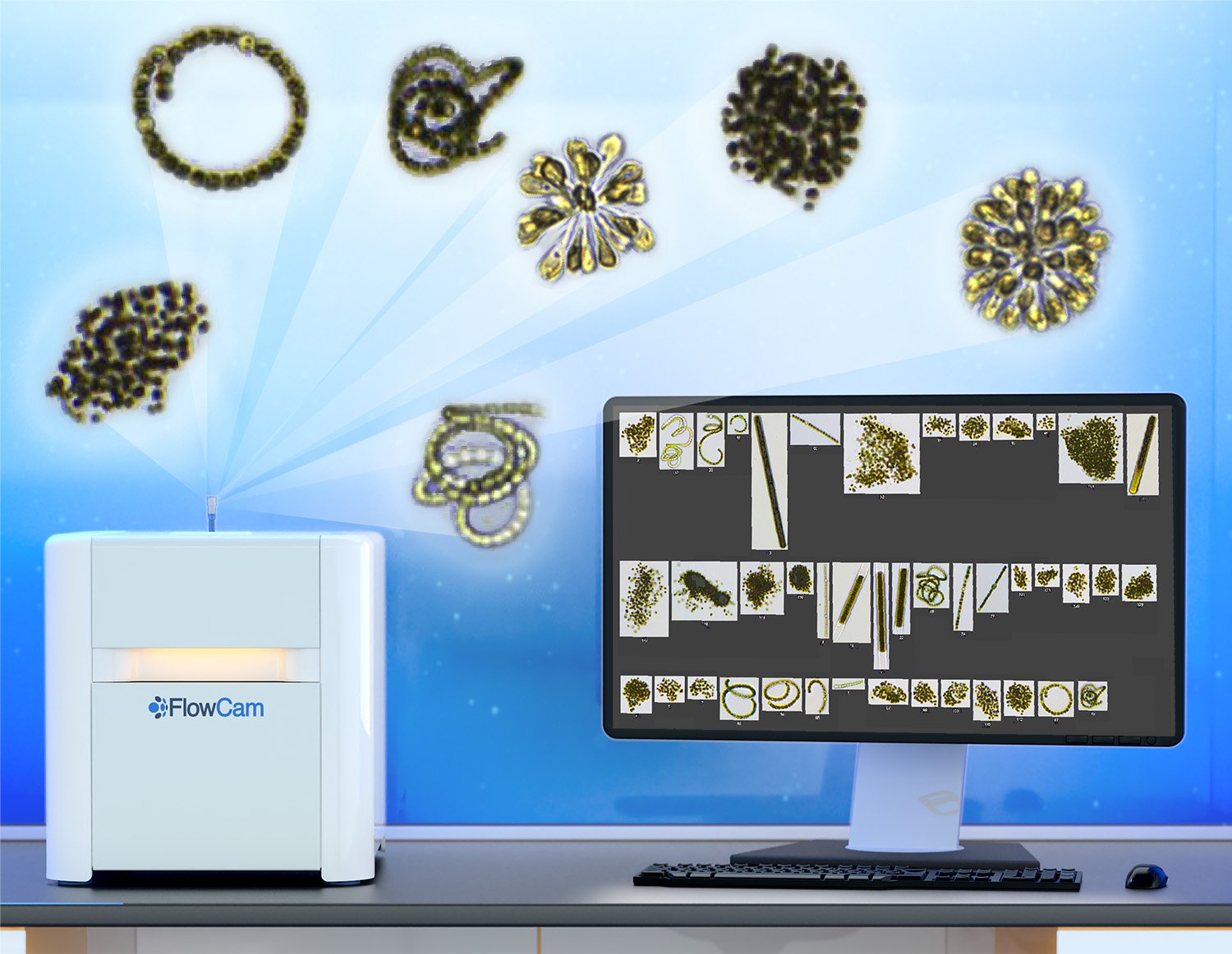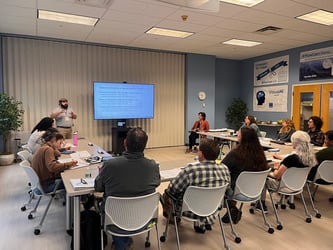We'll be attending the annual Water Quality Technology Conference in Cincinnati, OH, next month. On Wednesday, November 16th, at 10:30 am, Polly Barrowman will be presenting a case study with Hunter Adams, (the Water Quality Supervisor at the City of Wichita Falls Cypress Environmental Laboratory) about their implementation of flow imaging microscopy. Polly and Hunter demonstrate how monitoring particle concentrations and morphology using FlowCam at various points in the treatment system enabled Hunter's team to address elevated particle counts.
FlowCam has been widely used in water quality industries for its speed, accuracy, and high-quality imaging capabilities. Turbidity testing is required of water utilities to monitor the particle content in drinking water. Particle counts are not required for drinking water compliance testing as it is assumed that turbidity testing provides all necessary information. However, FlowCam can provide complimentary morphology data to help drinking water utilities determine the source of elevated turbidity measurements, which may in turn enable them to mitigate particle count issues.
In drinking water treatment plants, knowledge of particle size distribution and morphology information at various points in the treatment process can help operators determine filter performance and optimize treatment efficiency while protecting public health. Water sampling at pre-determined points in the plant, in conjunction with knowledge of historical particle distribution at each of these points, helps to create a picture of overall water quality.
 Following the implementation of FlowCam technology, plant managers at Wichita Falls Cyprus Environmental Laboratory (pictured here) noticed elevated concentrations of particles in one of their water treatment plants. After analyzing turbidity and concentration data alongside particle morphology information, they decided to extend filter run times, bringing the particle count back to normal levels.
Following the implementation of FlowCam technology, plant managers at Wichita Falls Cyprus Environmental Laboratory (pictured here) noticed elevated concentrations of particles in one of their water treatment plants. After analyzing turbidity and concentration data alongside particle morphology information, they decided to extend filter run times, bringing the particle count back to normal levels.
Many water utilities are using FlowCam for algae monitoring. Register to attend the talk if you'd like to learn more about how FlowCam can also be used as a complementary analytical method to required turbidity testing in water treatment plants.
"FlowCam Analysis of Particle Concentrations to Monitor Water Quality
in Pre- and Post-Treated Drinking Water"
Wednesday, November 16th
10:30 am - 11 am











